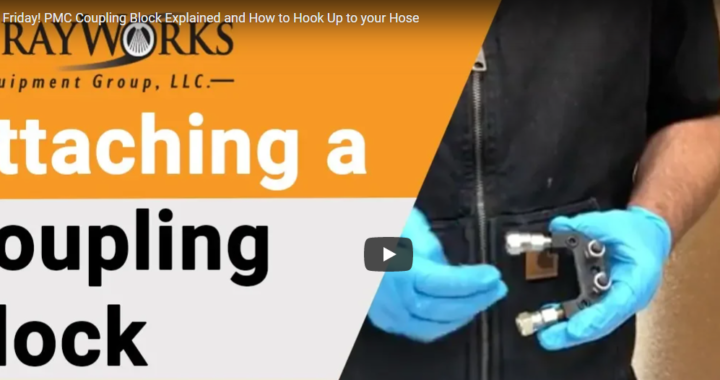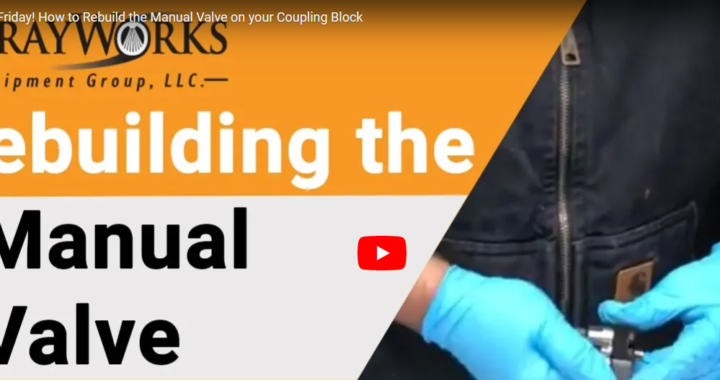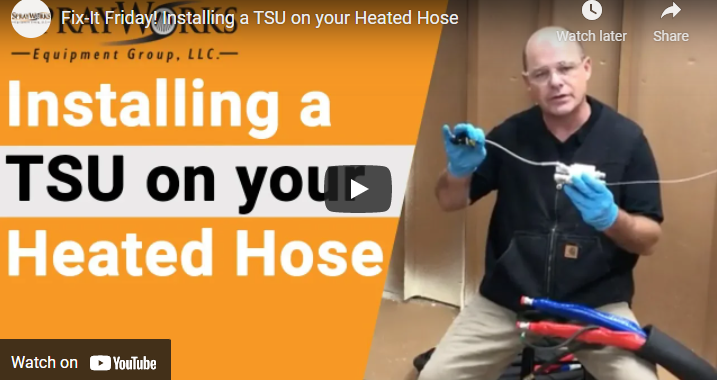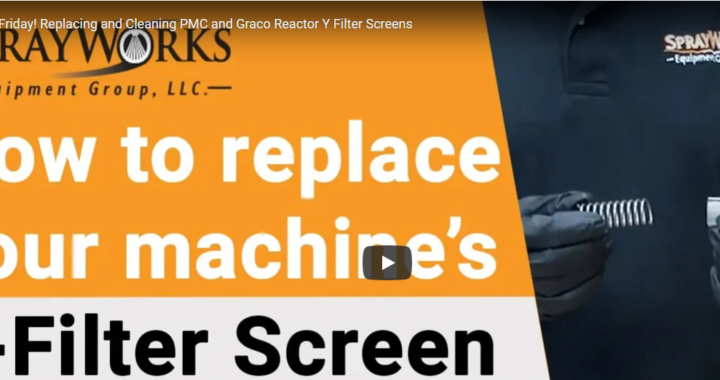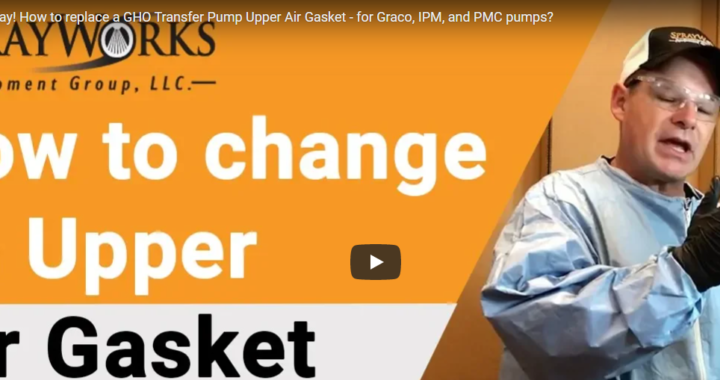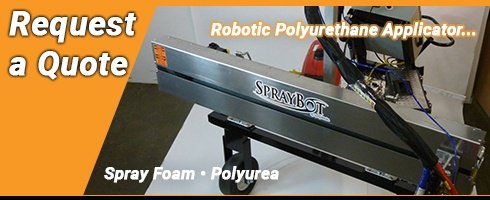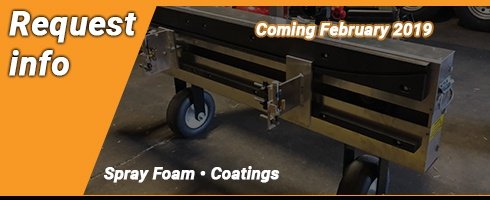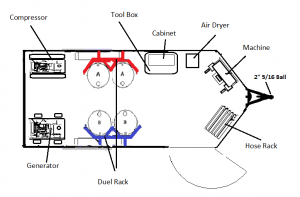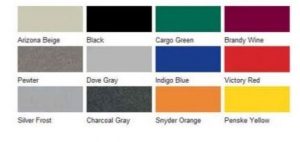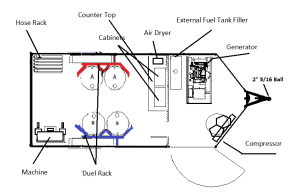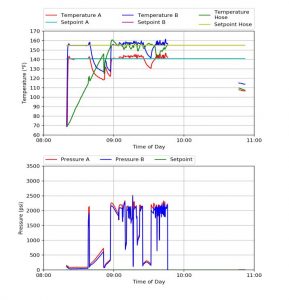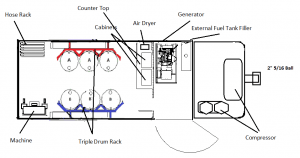Pounds per minute of spray foam can be determined by 4 factors.
- What spray foam machine you are using vs the output it is designed to perform?
- What pressure is the spray foam being sprayed?
- What spray tip or mixing chamber is being used to spray the spray foam?
- How much spray foam can the spray foam mechanic consistently control given the spray foam application?


